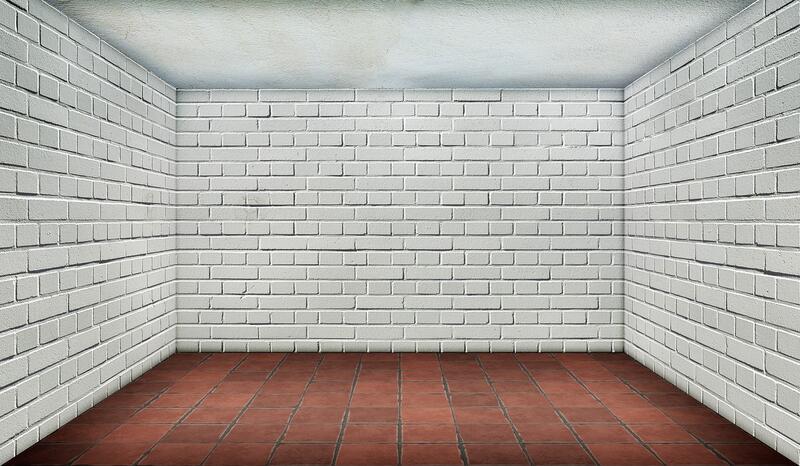Decarbonization in Plastering: Strategies for a Greener Future
This article explores various strategies for decarbonizing the plastering industry, highlighting the importance of greener practices in creating a sustainable future.

Introduction
Decarbonisation is the process of reducing carbon emissions to mitigate climate change and achieve net-zero carbon emissions. The construction industry is a significant contributor to global carbon emissions, accounting for about 39% of energy-related carbon emissions and 11% of total carbon emissions. The plastering sector is a subset of the construction industry that involves the application of plaster or stucco to walls, ceilings, and other surfaces to create a smooth and durable finish. This article examines the importance of decarbonisation in the plastering sector, the main sources of carbon emissions, ways to reduce carbon emissions, challenges facing decarbonisation, and implications for the sector.
Importance of Decarbonisation in the Plastering Sector
Decarbonisation is crucial for the plastering sector for several reasons. First, the sector's carbon footprint contributes to climate change, which poses significant risks to human health, ecosystems, and economies. Second, reducing carbon emissions can lower energy costs and improve energy efficiency, which can benefit the sector's bottom line. Third, decarbonisation can enhance the sector's reputation and competitiveness by demonstrating its commitment to sustainability and responsible business practices. Fourth, decarbonisation can create new opportunities for innovation, collaboration, and growth by leveraging emerging technologies and business models.
Main Sources of Carbon Emissions in the Plastering Sector
The main sources of carbon emissions in the plastering sector are energy consumption, transportation, and materials. Energy consumption includes the use of electricity, natural gas, and other fuels to power tools, equipment, and lighting. Transportation includes the movement of people, materials, and equipment to and from job sites. Materials include the production, transportation, and disposal of plaster, stucco, and other building materials.
How to Reduce Carbon Emissions in the Plastering Sector
Reducing carbon emissions in the plastering sector requires a multifaceted approach that addresses energy efficiency, renewable energy, low-carbon materials, and sustainable practices. Some ways to reduce carbon emissions in the sector are:
- Energy Efficiency: Improving the energy efficiency of buildings and equipment can reduce energy consumption and carbon emissions. This can be achieved by using energy-efficient lighting, HVAC systems, and insulation, as well as optimizing the use of tools and equipment.
- Renewable Energy: Using renewable energy sources such as solar, wind, and geothermal can reduce reliance on fossil fuels and lower carbon emissions. This can be achieved by installing solar panels, wind turbines, or geothermal systems on buildings or job sites.
- Low-Carbon Materials: Using low-carbon materials such as recycled or sustainable materials can reduce carbon emissions from the production and transportation of building materials. This can be achieved by sourcing materials locally, using recycled materials, or using sustainable materials such as bamboo or hemp.
- Sustainable Practices: Adopting sustainable practices such as waste reduction, water conservation, and responsible sourcing can reduce carbon emissions and improve environmental performance. This can be achieved by recycling waste materials, conserving water, and sourcing materials from responsible suppliers.
Challenges Facing Decarbonisation in the Plastering Sector
Decarbonisation in the plastering sector faces several challenges, including:
- Cost: Implementing decarbonisation measures can be costly, especially for small businesses or contractors with limited resources.
- Lack of Awareness: Many contractors and builders may not be aware of the benefits of decarbonisation or the available options for reducing carbon emissions.
- Resistance to Change: Some contractors and builders may be resistant to change or may prefer traditional methods and materials over low-carbon alternatives.
- Regulatory Barriers: Regulations and standards may not be conducive to decarbonisation or may not provide incentives for adopting low-carbon practices.
Implications of Decarbonisation for the Plastering Sector
Decarbonisation has significant implications for the plastering sector, including:
- Improved Environmental Performance: Decarbonisation can improve the sector's environmental performance by reducing carbon emissions, waste, and water consumption.
- Enhanced Reputation: Decarbonisation can enhance the sector's reputation by demonstrating its commitment to sustainability and responsible business practices.
- New Business Opportunities: Decarbonisation can create new business opportunities for innovation, collaboration, and growth by leveraging emerging technologies and business models.
- Increased Competitiveness: Decarbonisation can increase the sector's competitiveness by improving energy efficiency, reducing costs, and attracting environmentally conscious customers.
Conclusion
Decarbonisation is crucial for the plastering sector to mitigate climate change, improve environmental performance, and create new business opportunities. The sector can reduce carbon emissions by improving energy efficiency, using renewable energy, using low-carbon materials, and adopting sustainable practices. However, decarbonisation faces several challenges, including cost, lack of awareness, resistance to change, and regulatory barriers. The implications of decarbonisation for the plastering sector include improved environmental performance, enhanced reputation, new business opportunities, and increased competitiveness. Decarbonisation requires a collaborative effort among contractors, builders, suppliers, regulators, and other stakeholders to achieve a sustainable and low-carbon future.